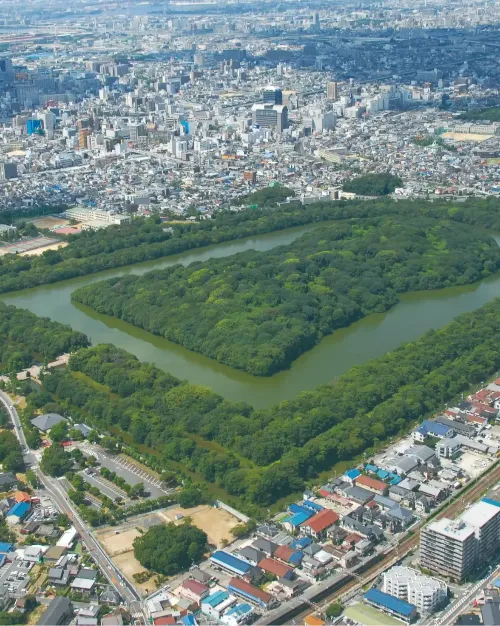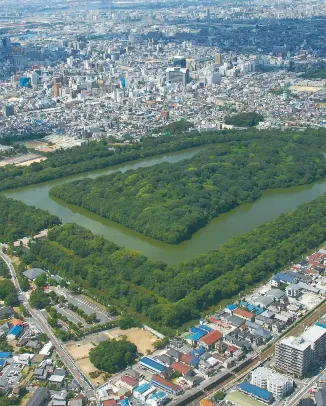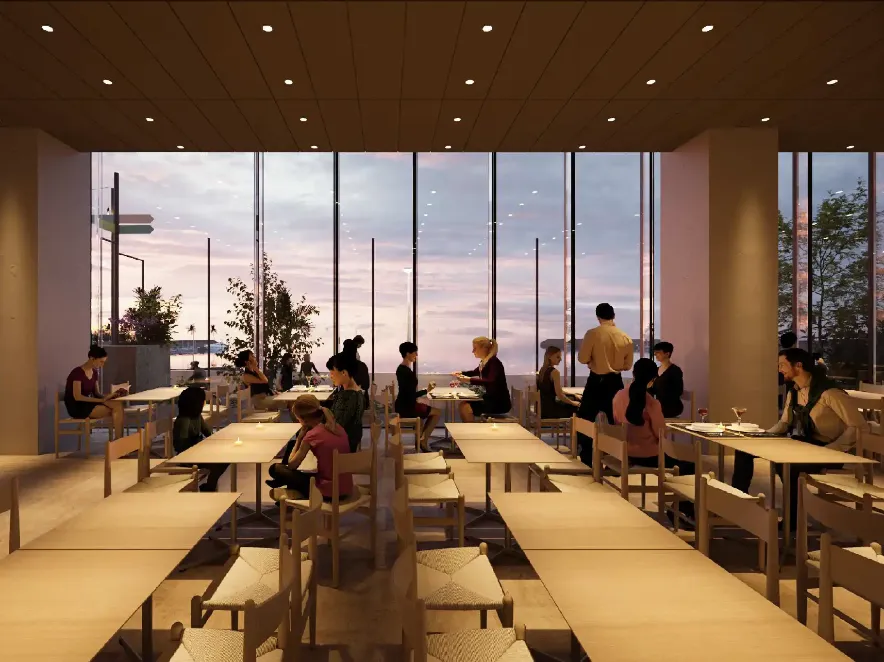Culture
Discover the unique cultural experiences that Sakai offers, away from the bustling crowds of Osaka. Visit the historic Sumiyoshi Taisha, one of Japan's oldest shrines, and immerse yourself in the serene beauty of Otori Taisha, renowned for its see-through omamori. Enjoy a green tea tasting experience and savor the rich flavors of traditional Japanese tea. Take a nostalgic ride on the old tram and experience the charm of Sakai's heritage. These hidden gems provide a calm and charming escape, making your stay at Dorsett by Agora Osaka Sakai truly unforgettable.







































